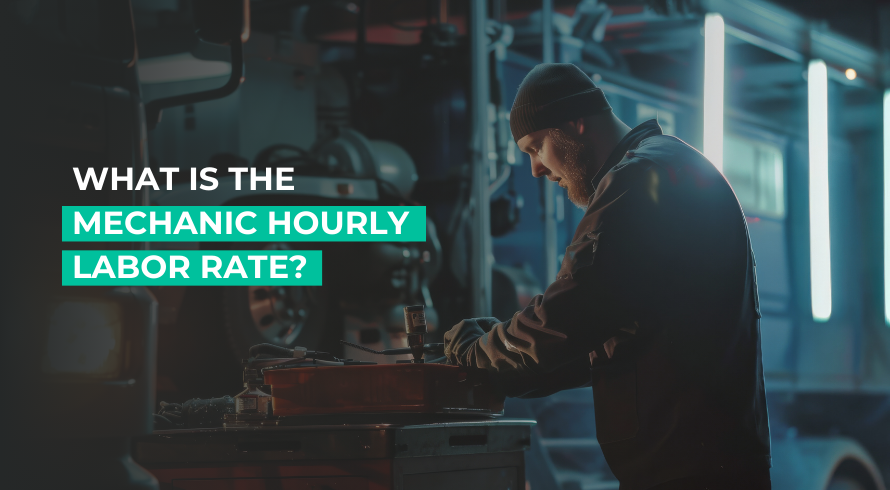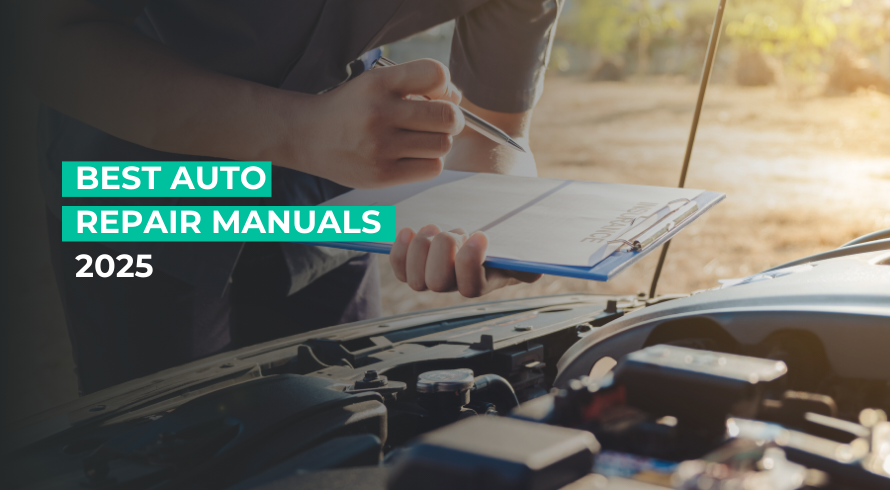Ever wondered why you’re charged a certain amount per hour at your mechanic’s shop? The mechanic hourly labor rate is what repair shops charge customers for each hour of labor. This rate covers everything from the mechanic’s time to the shop’s operating costs. But there’s more to it than just time spent with a wrench. Labor rates vary widely, and understanding the factors behind them can help you manage your shop more effectively.
What key factors affect mechanic labor rates?
Mechanic hourly labor rates aren’t just picked out of thin air. Several factors come into play, influencing what shops charge. Let’s break down the main considerations:
- Labor guide matrices: Shops often use labor guide matrices to estimate how long specific repairs will take. These guides help determine the labor cost based on the estimated hours required for a job.
- Skill level of technicians: More experienced and specialized mechanics. Like those certified by the National Institute for Automotive Service Excellence (ASE), can command higher wages. This translates into higher labor rates.
- Geographical region: Labor rates vary dramatically based on location. In large metropolitan areas, where rent and operating costs are higher, rates tend to be higher too. Meanwhile, smaller towns may have lower rates.
- Type of shop: A high-end dealership or specialty repair shop may charge more due to their expertise and premium services. While smaller, general auto shops might have lower rates.
- Vehicle makes and models: Working on luxury or exotic vehicles often requires special skills and tools. This can drive up labor rates compared to servicing mainstream cars.
Industry averages: What’s normal?
The mechanic hourly labor rate can differ across the country and by type of service. Here’s a snapshot of some industry averages:
- General auto repair: Typically ranges from $75 to $130 per hour. It depends on location and complexity.
- Dealership service centers: These often have higher rates. It can range from $100 to $200 per hour, due to overhead costs and specialized equipment.
- Truck repair: Truck mechanics might charge between $100 to $150 per hour. Especially for heavy-duty or commercial vehicles.
- Auto detailing: While not a repair service, detailing rates range from $50 to $100 per hour. It depends on the services offered and the level of detail required.
- Quick lube shops: These tend to offer more affordable services. The labor rates range from $40 to $60 per hour.
In short, they wear many hats. From customer service to logistical planning. Their role is essential to keeping an auto repair shop running smoothly.
Labor rate variations across auto repair specialties
Every type of auto repair shop has its own approach to setting labor rates. Let’s explore how these variations come into play:
- General auto repair: Often offers competitive rates to attract a broader customer base. They may handle a wide range of issues, from oil changes to brake replacements.
- Dealership service centers: Dealerships charge higher labor rates. Because of their specialized knowledge, brand-specific training, and often, higher quality parts. Customers here are typically looking for expertise directly tied to their vehicle’s manufacturer.
- Truck repair: They specialize in larger or commercial vehicles. So, they often invest more in heavy-duty equipment and tools and this increases their labor rates.
- Auto detailing: While detailing shops don’t typically handle mechanical repairs, they may charge premium prices for high-end services like paint correction or ceramic coating.
- Quick lube shops: These are known for offering affordable, fast services. However, their lower labor rates reflect the simplicity of the jobs they typically handle like oil changes or tire rotations.
Additional considerations
Beyond the basic costs of labor, other factors can affect your shop’s hourly labor rate. Here are some additional things to think about:
- Shop overhead costs: Rent, utilities, insurance, and equipment maintenance all play a part in how much you charge. Higher operating costs equal higher labor rates.
- Customer base and market competition: If your shop serves a niche market, such as luxury car owners, you can likely charge more. Similarly, if you’re in a highly competitive area, you may need to keep rates lower to stay competitive.
- Value proposition: What sets your shop apart? Whether it’s outstanding customer service, a quick turnaround, or specialized expertise. Your value proposition can justify higher rates.
Integrating market trends into labor rate decisions
Technology is rapidly advancing in the automotive world, and it’s changing the game for mechanics. Here’s how new trends and equipment impact labor rates:
- Impact of technology and equipment on labor rates: Today’s vehicles come equipped with advanced diagnostic systems. That means your shop needs to invest in high-tech tools to stay ahead. Equipment like computer-based diagnostic machines and electric vehicle (EV) servicing tools are costly to buy and maintain and these investments can drive up labor rates.
- Advanced diagnostic tools: The cost to acquire and maintain tools that can work on modern cars adds to your shop’s overall expenses. These tools speed up the repair process, but require specialized training and increase operational costs, which is reflected in the labor rate.
- EV and hybrid technology: Electric and hybrid vehicles are more common now. Your shop might need to upgrade its tools and provide ongoing training for your staff. This can justify raising labor rates. Especially as EV servicing becomes a more specialized field.
How to communicate rate changes to customers
Introducing a new labor rate or adjusting your current one can be tricky. Here’s how to communicate these changes to your customers without damaging trust:
- Be transparent: Always explain the reasoning behind the change. If it’s due to rising costs, new technology, or investments in training, let your customers know.
- Show the value: Explain what customers are getting for their money. Whether it’s faster service, more skilled technicians, or better equipment.
- Give advance notice: Let your customers know about rate changes ahead of time. So they’re not caught off guard. A personal phone call or a well-crafted email can help.
- Offer promotions: If you’re raising rates. Then consider offering a promotion or discount for long-term customers to soften the blow.
Final thoughts
The mechanic hourly labor rate is much more than a flat fee for time spent on a repair. It reflects the skill, expertise, and investments made by auto repair shops to ensure your vehicle is in top shape. Whether you manage a shop. Or you want to understand why you pay what you pay. Knowing the factors that influence labor rates can help you make informed decisions.
Manually logging labor rates for each estimate can get tedious very quickly. You can automate this process by investing in an auto repair labor guide software that updates labor rates in real-time into your quotes, so there’s no guesswork.












